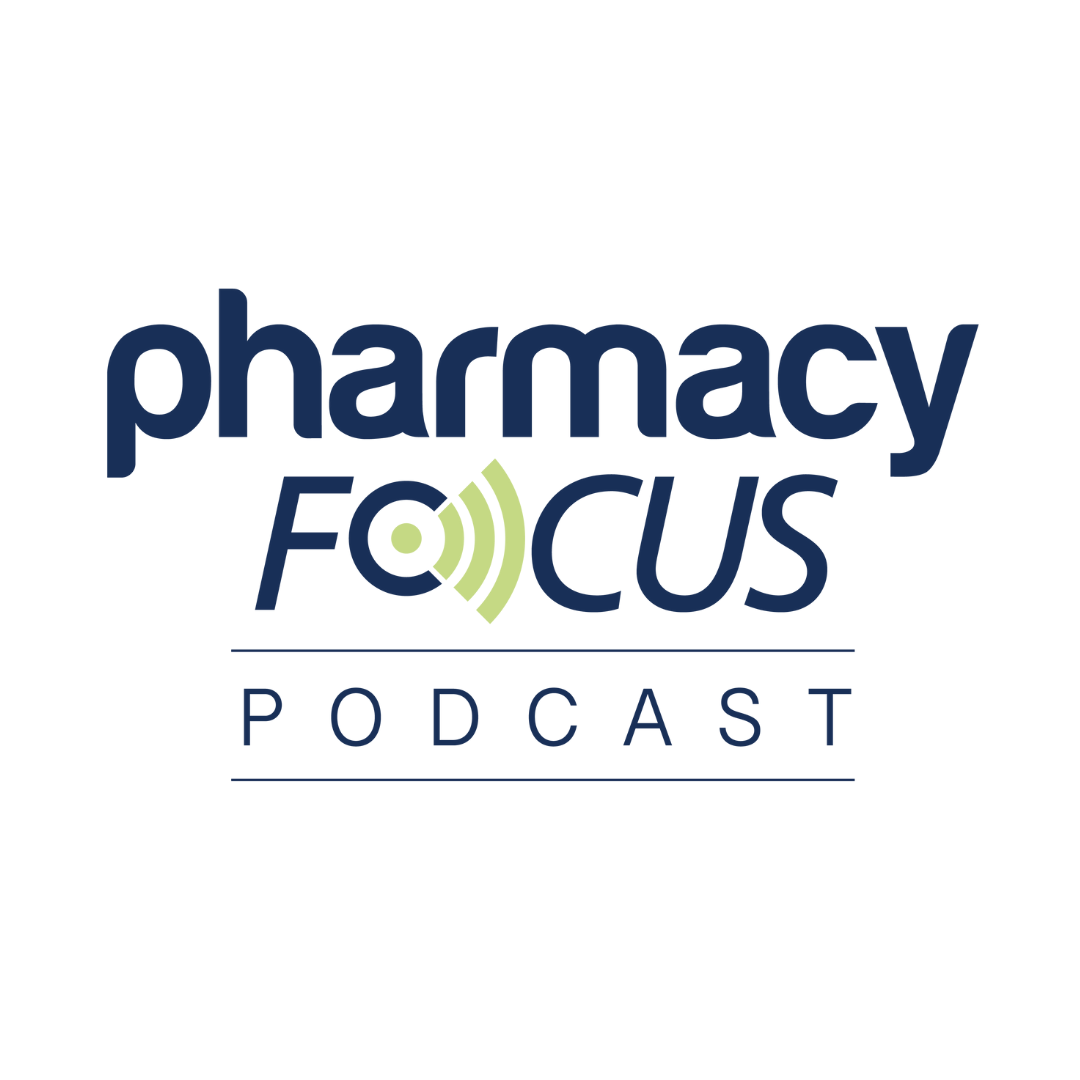Article
HIV Testing Frequency Among PrEP Users Lower Than Recommended
Author(s):
PrEP use has been associated with lowering HIV infections worldwide, however use of the treatment alone is not sufficient to prevent HIV from spreading.
HIV testing among users of pre-exposure prophylaxis (PrEP) may be lower than what is recommended because of several barriers affecting testing rates, according to the results of a study published in Eurosurveillance.
Whereas PrEP uptake has been associated with lowering HIV infections worldwide, use of the treatment alone is not sufficient to prevent HIV from spreading. PrEP, which can be taken orally daily or injected 6 times per year, does not remove the need for regular testing for sexually transmitted infections (STIs). The study investigators, who analyzed a patient cohort in Germany, noted that German guidelines call for PrEP users to regularly get tested for HIV, STIs, and renal function.
However, German PrEP users had to cover treatment and appointment costs themselves prior to September 2019. The study examined testing frequencies among German PrEP users during the self-funded period.
The investigators enrolled German PrEP users from July-October 2018 and April-June 2019. They identified the participants through men who have sex with men (MSM) dating apps (Grindr, Romeo, Hornet), a German PrEP community website, and anonymous HIV/STI testing locations.
Participants were asked to complete an anonymous survey regarding PREP use, testing practices, and STI history. They were identified as cisgender male, cisgender female, or gender diverse, which includes transgender, nonbinary, or intersex gender identity.
Source of current PrEP use was classified as “medical prescription” or “informal” if they obtained the medication from internet platforms, dealers, or friends. Those who indicated that they did not pay for testing were considered “cost coverage,” whereas those who paid any amount for their testing were “self-payment.”
Testing locations were “testing only at the physician's,” “testing at the physician's and other locations,” and “only using checkpoints, self-tests or other locations.”
A total of 2118 current and former PrEP users were included during the first phase of the survey and 2730 were included in the second part. The average age of the sample was 37 years and 88.7% were cisgender men.
The results showed 22.0% of participants had at least 1 gonorrhea diagnosis, 21.4% had 1 or more chlamydia diagnoses, and 13.0% had at least 1 syphilis diagnosis while using PrEP. Further, 3.4% indicated they did not obtain any medical testing before starting PrEP and 8.0% said they were not getting tested while currently using PrEP.
Germany recommends PrEP for people with a substantial risk of HIV infection. Specific recommendations call for potential PrEP users to first be screened for HIV, hepatitis B virus, and impaired kidney function. After initiating PrEP, users should receive medical supervision during use, obtain testing at least every 3 months to ensure they are still HIV-negative, be screened for syphilis every 3 months, be screened for gonorrhea and chlamydia every 3-6 months, and have kidney function monitored regularly.
Most of the study population indicated they were receiving HIV and renal function testing at least every 3 months and STI testing at least every 6 months. Those who obtained PrEP from informal sources had much lower rates of testing before and during PrEP use. The strongest factor associated with inadequate HIV testing frequencies was not receiving any testing before initiating PrEP.
Overall, PrEP users reported testing frequencies below the German recommendations for regular HIV (26.3%), STI (20.9%), and renal function (29.2%) testing. Those who regularly tested for STIs had a higher proportion of self-reported diagnoses during their PrEP use.
Those with the least frequent HIV, STI, and renal function testing commonly reported not having any testing before starting PrEP, obtaining PrEP from informal sources, and on-demand or intermittent PrEP use.
HIV and STI testing rates in the German study population were higher than rates in the United States. Stigma regarding PrEP use may be a contributing factor to why some people do not seek medical care and regular testing, according to the study authors.
“We identified important factors for less frequent testing during PrEP use, including not testing before starting PrEP, obtaining PrEP from informal sources and on-demand or intermittent PrEP use,” they wrote. “While some barriers may be overcome by health insurance coverage of PrEP and the recommended medical tests, other factors indicate that some PrEP users have lower and/or more infrequent risks. Future research should investigate if the recommended testing frequencies are reasonable for this group of PrEP users.”
Reference
Koppe Uwe, Seifried Janna, Marcus Ulrich, Albrecht Stefan, Jansen Klaus, Jessen Heiko, Gunsenheimer-Bartmeyer Barbara, Bremer Viviane. HIV, STI and renal function testing frequency and STI history among current users of self-funded HIV pre-exposure prophylaxis, a cross-sectional study, Germany, 2018 and 2019. EuroSurveill. 2022;27(14):pii=2100503. https://doi.org/10.2807/1560-7917.ES.2022.27.14.2100503. Accessed April 18, 2022.
Newsletter
Stay informed on drug updates, treatment guidelines, and pharmacy practice trends—subscribe to Pharmacy Times for weekly clinical insights.






